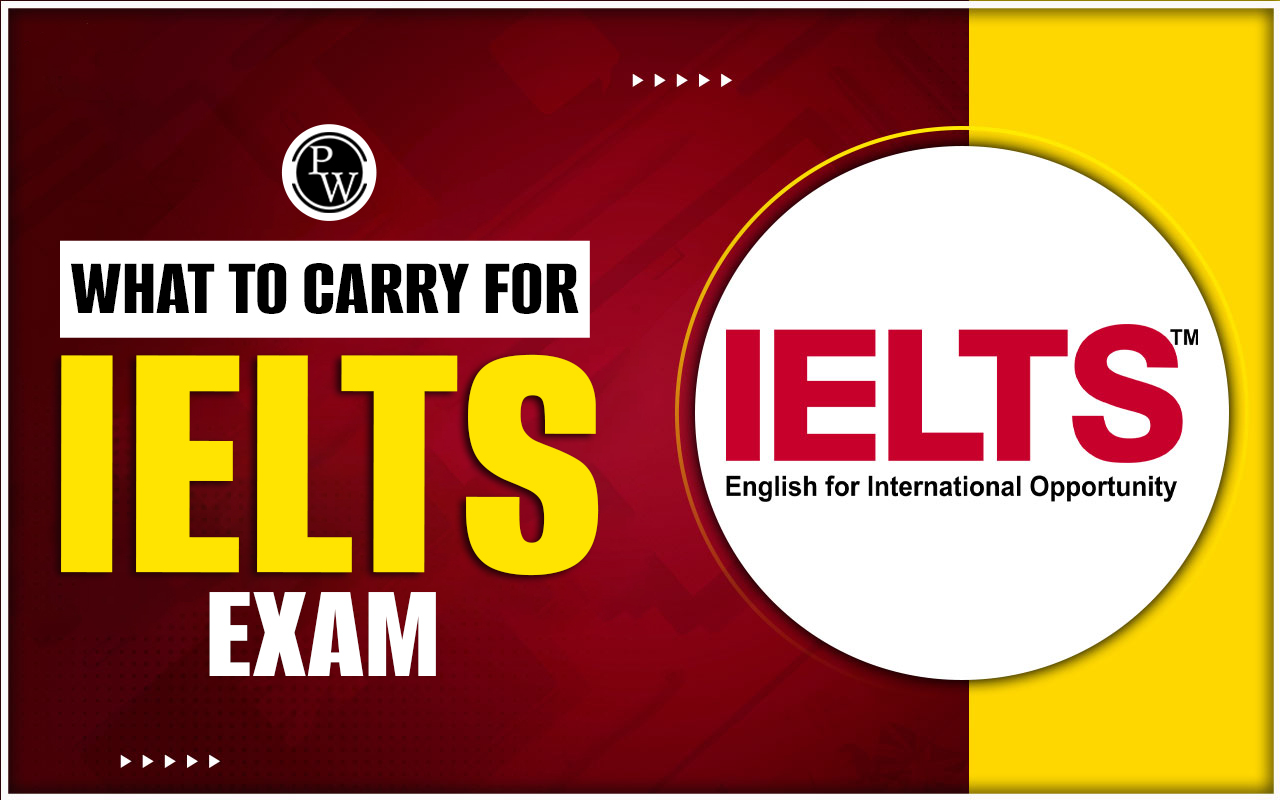

Hearing Impairment Reading Answers: Hearing impairment can significantly affect a child’s learning and communication skills. The hearing impairment IELTS reading passage highlights classroom noise, poor acoustics, and teaching methods as barriers. Students practicing hearing impairment reading passage with answers learn to identify key information about impacts on education.
The hearing impairment IELTS academic reading section helps candidates understand challenges faced by children with hearing loss. Using hearing impairment reading test answers, learners can improve accuracy and comprehension. For better preparation, explore IELTS Reading Topics, IELTS Reading Test Format, How to improve IELTS Reading Score, and IELTS Reading Sentence Completion Questions.
IELTS Hearing Impairment Reading Answers With Passage
The hearing impairment IELTS reading passage explains challenges faced by children with hearing loss in classrooms. This passage helps students practice comprehension, identify key points, and understand the impact of noise and teaching methods on learning for IELTS Academic Reading preparation.
Hearing Impairment
Paragraph A: Deafness or other hearing impairment in young children can have a huge impact on their speech and communication development, resulting in a bad effect on their capability to learn in school. This can have huge consequences for a person and the population as a whole. A two-decade study by the New Zealand Ministry of Health found that 6-10% of children in the country are deaf.
Paragraph B: In a preliminary analysis conducted in New Zealand, classroom noise was of great concern to teachers and students. Modern teaching methods, the arrangement of desks in the classroom, poor classroom acoustics, and air conditioning units like air conditioning units all contribute to the number of children who cannot understand the teacher's voice. Academic researchers Nelson and Chloe have suggested that current trends in education often involve the collective interaction of many minds and tools as well as the possession of personal information. All of these are high activity and noise levels that can be especially severe in children experiencing hearing impairment. Noise in the classroom increases their difficulty in understanding and processing verbal communication with other children and in instructions from the teacher.
Paragraph C: Children with hearing impairment fail to learn their maximum potential due to noise in the classroom. The consequences of noise on children’s ability to learn effectively in regular classroom environments are now of increasing concern. The International Institute for Noise Control Engineering (I-INCE), in consultation with the World Health Organization, has established an international task force comprising New Zealand to estimate noise and echo control for school rooms.
Paragraph D: While the harmful impacts of noise in classroom situations are not restricted to children experiencing disability, those with a disability that affects their processing of speech and verbal communication could be very vulnerable. Questioned hearing function impairments include hearing impairment, autistic spectrum disorders (ASD), and attention deficit disorder (ADD / ADHD).
Sample Questions on IELTS Hearing Impairment Reading Answers
These hearing impairment reading passage with answers sample questions allow learners to test understanding of the passage. They focus on identifying main ideas, details, and inferences, helping students prepare effectively for IELTS Reading Academic tasks and improve exam performance.
| Sample Questions on IELTS Hearing Impairment Reading Answer | |||
| Q.No. | Type | Question / Instruction | Options / Answer Space |
| 1 | Multiple Choice | What percentage of children in New Zealand are deaf? | A) 2-5% B) 6-10% C) 11-15% D) 16-20% |
| 2 | True/False/Not Given | Classroom noise affects children with hearing impairment more than children without it. | True / False / Not Given |
| 3 | Matching Information | Match the paragraph with the main idea: | Paragraph B: ______ Paragraph C: ______ Paragraph D: ______ |
| 4 | Sentence Completion | Noise in classrooms increases children’s difficulty in _______. | ________________________ |
| 5 | Short Answer | Name two factors in classrooms that contribute to hearing difficulties. | ________________________ |
| 6 | Multiple Choice | Which paragraph mentions a study by the International Institute for Noise Control? | A) A B) B C) C D) D |
| 7 | True/False/Not Given | The harmful impacts of classroom noise affect only children with hearing impairment. | True / False / Not Given |
| 8 | Matching Sentence | Match the paragraph with the focus: | 1) A 2) B 3) D |
| 9 | Sentence Completion | Modern teaching methods and ______ contribute to hearing difficulties. | ________________________ |
| 10 | Short Answer | Name one disability besides hearing impairment that makes children vulnerable. | ________________________ |
| 11 | Multiple Choice | What is the main concern highlighted in Paragraph C? | A) Noise limits learning B) Teacher training C) Classroom size D) Funding |
| 12 | True/False/Not Given | Air conditioning units increase difficulty for children with hearing loss. | True / False / Not Given |
| 13 | Sentence Completion | Children with ASD or ADD/ADHD are _______ to noise effects. | ________________________ |
| 14 | Short Answer | Which organization collaborated with WHO on classroom noise? | ________________________ |
| 15 | Multiple Choice | What is the impact of noise on children with hearing impairment? | A) Reduces learning potential B) Improves attention C) Increases interaction D) No effect |
IELTS Hearing Impairment Reading Answers
The hearing impairment IELTS academic reading section provides reading test answers and strategies to interpret information correctly. Practicing with hearing impairment reading test answers enhances skills in multiple-choice, sentence completion, and other IELTS Reading question types.
| IELTS Hearing Impairment Reading Answers | ||
| Q.No. | Answer | Explanation |
| 1 | B) 6-10% | Paragraph A states that a study by the New Zealand Ministry of Health found 6-10% of children are deaf. |
| 2 | True | Paragraph B explains that classroom noise increases difficulty for children with hearing impairment. |
| 3 | Paragraph B: Classroom noise affects comprehension Paragraph C: Noise limits learning potential Paragraph D: Vulnerable children |
Main ideas of paragraphs summarized from the passage. |
| 4 | understanding verbal instructions and communication | Paragraph B mentions noise increases difficulty in understanding teacher instructions and peer communication. |
| 5 | Poor classroom acoustics, air conditioning units | Paragraph B lists these factors as contributing to hearing difficulties. |
| 6 | C) C | Paragraph C mentions the International Institute for Noise Control Engineering forming a task force. |
| 7 | False | Paragraph D clarifies that noise affects all children but children with certain disabilities are more vulnerable. |
| 8 | 1) B 2) C 3) D | Paragraph B focuses on classroom noise, C on learning potential, D on children with disabilities. |
| 9 | classroom design and high activity levels | Paragraph B explains teaching methods, desk arrangements, and group activities contribute to difficulty. |
| 10 | Autistic Spectrum Disorder (ASD) or ADD/ADHD | Paragraph D lists these disabilities as making children vulnerable to noise. |
| 11 | A) Noise limits learning | Paragraph C emphasizes that noise prevents children from reaching their maximum learning potential. |
| 12 | True | Paragraph B mentions air conditioning units as contributing to noise problems in classrooms. |
| 13 | highly vulnerable | Paragraph D states that children with ASD or ADD/ADHD are highly vulnerable to classroom noise. |
| 14 | International Institute for Noise Control Engineering (I-INCE) | Paragraph C mentions I-INCE forming a task force in consultation with WHO. |
| 15 | A) Reduces learning potential | Paragraph C highlights that noise reduces the ability of children with hearing impairment to learn effectively. |
Guidance to PW IELTS Prep
IELTS Online Courses is a great initiative Physics Wallah took to help IELTS aspirants better prepare for the exam. Follow our below pages to learn more about the IELTS exam.| IELTS Reading Band Score | IELTS Listening Band Score |
| IELTS Speaking Band Score | IELTS Writing Band Score |
IELTS Hearing Impairment Reading Answers FAQs
What is hearing impairment?
How does classroom noise affect children with hearing impairment?
Which children are most vulnerable to classroom noise?
What factors in classrooms increase hearing difficulties?
Which organizations work on reducing classroom noise for children?













